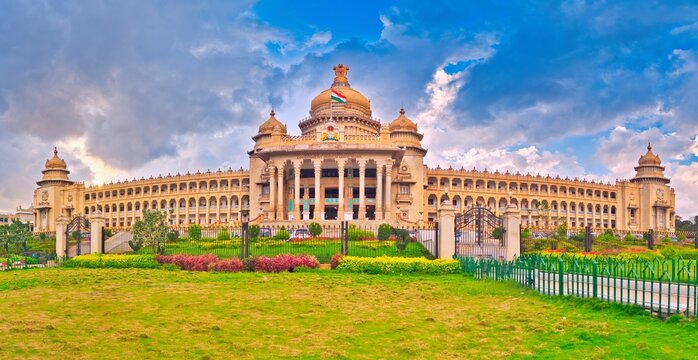Hampi
A complete tourist and cultural guide

Once the glorious capital of the Vijayanagara Empire, Hampi is a captivating fusion of history, spirituality, and natural beauty. Set amidst giant boulders and lush paddy fields, the town is dotted with magnificent temple ruins, intricately carved monuments, and sacred sites that echo tales of a bygone era. Whether you’re wandering through the iconic Virupaksha Temple or exploring the Royal Enclosure, Hampi offers a timeless journey into India’s rich past.
Wiki Link : Hampi
Must-Visit Attractions in Hampi
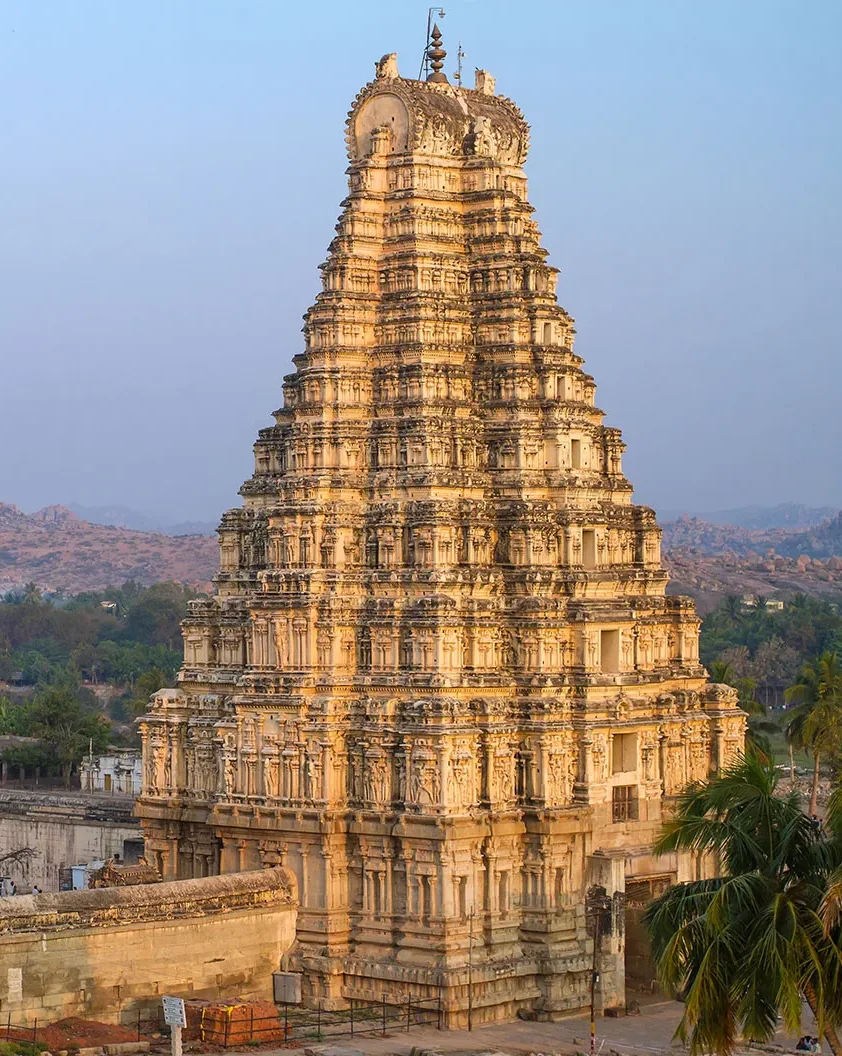
Virupaksha Temple
One of the oldest functioning temples in India, Virupaksha Temple is an architectural marvel dedicated to Lord Shiva
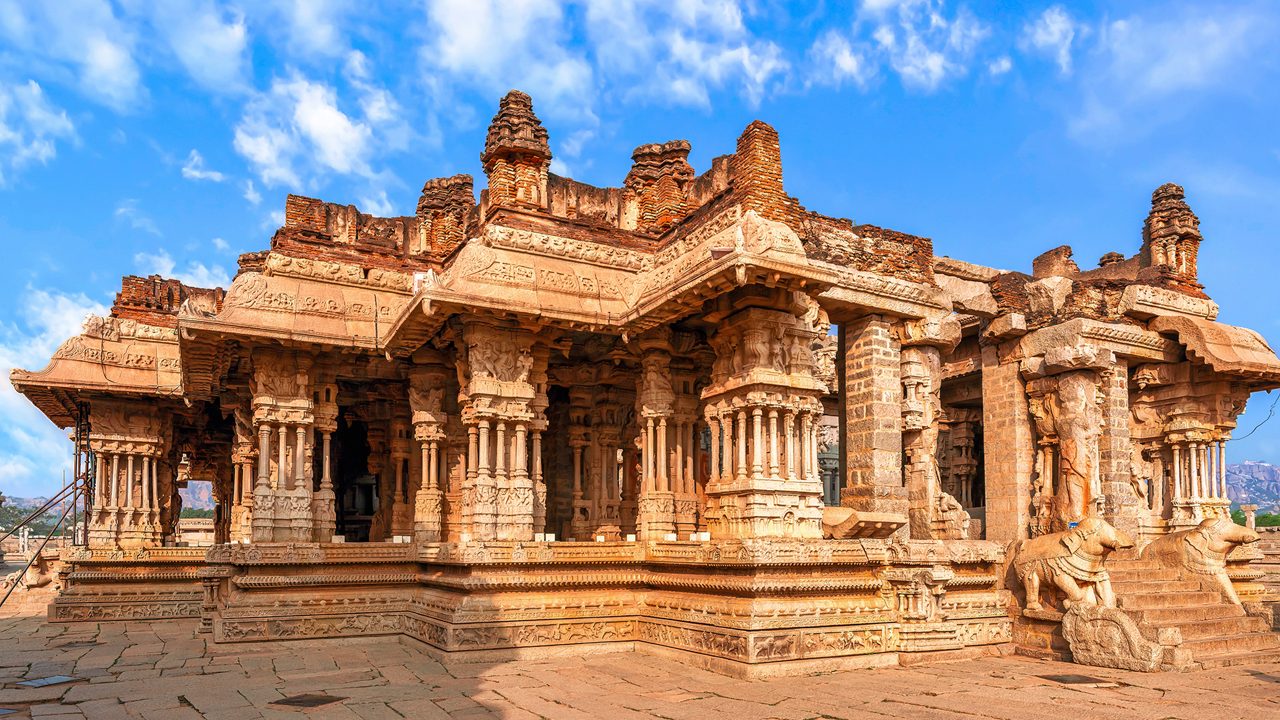
Vittala Temple Complex
Known for its musical pillars and the famous Stone Chariot, the Vittala Temple is a masterpiece Vijayanagar architecture.
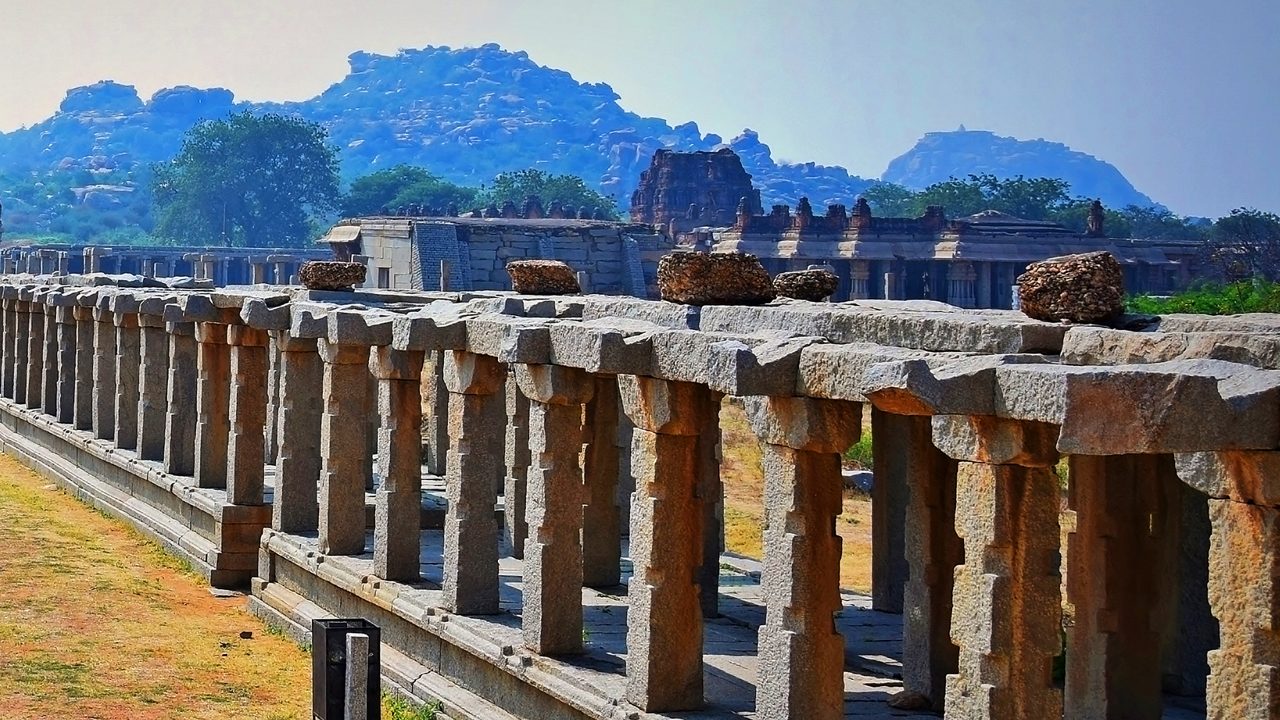
Hampi Bazaar
Once a bustling market in the Vijayanagara era, now a scenic stretch of ruins, local stalls, and cafes beneath the towering Virupaksha Temple.
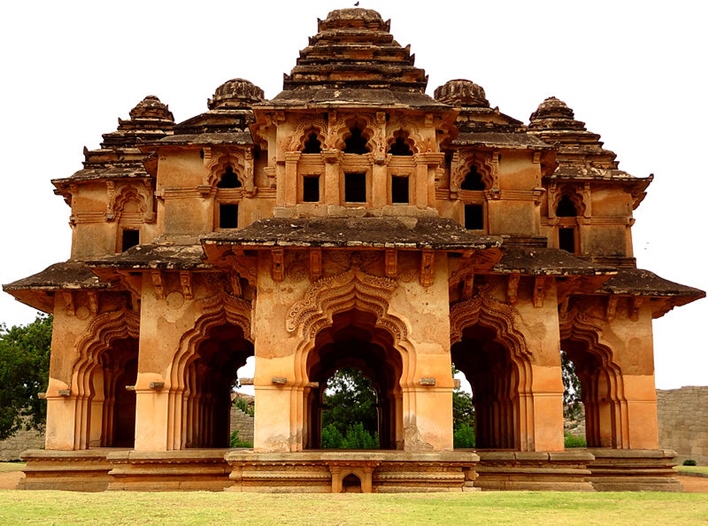
Lotus Mahal
Located in the Zenana Enclosure, the Lotus Mahal is a unique structure with a fusion of Indian and Islamic architecture.
Major Attractions Nearby Hampi
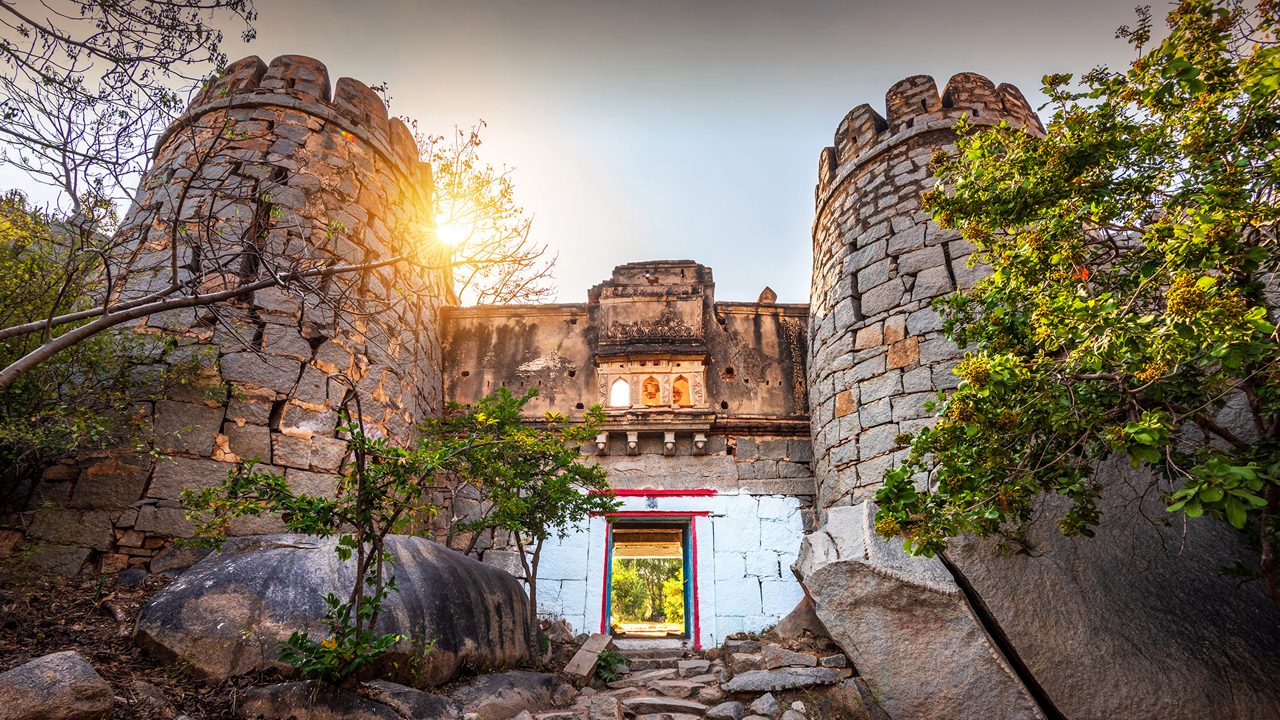
Anegundi Village
Anegundi is older than Hampi and offers rustic charm, cave paintings, and mythological connections with the Ramayana.
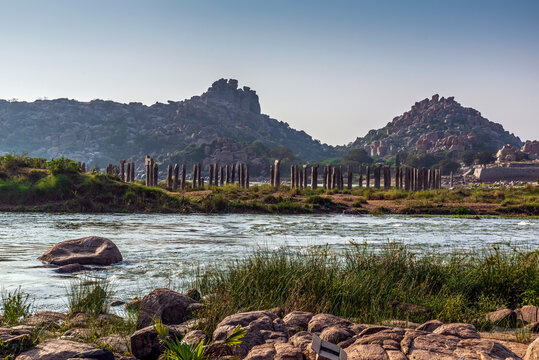
Tungabhadra Dam
Located in Hospet, this large dam offers panoramic views, landscaped gardens, and a peaceful spot to relax or enjoy a boat ride.
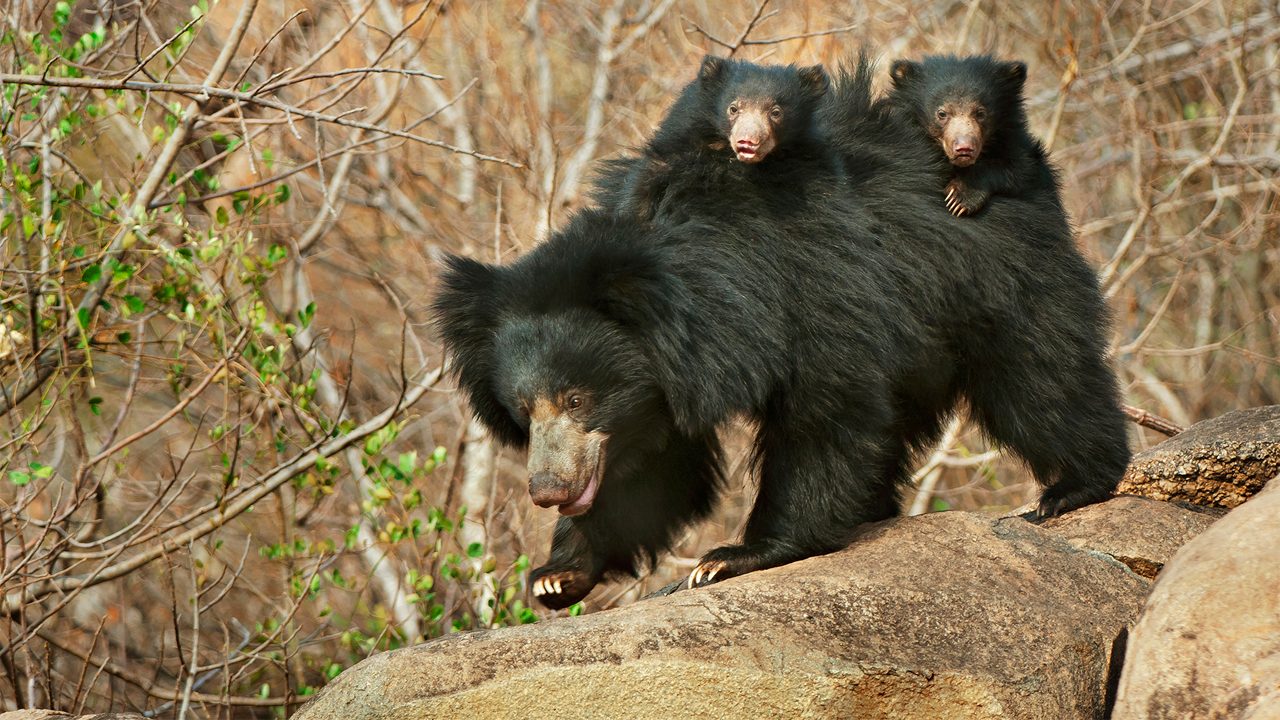
Daroji Bear Sanctuary
A safe haven for Indian sloth bears, this sanctuary offers a unique wildlife experience just 15 km from Hampi.
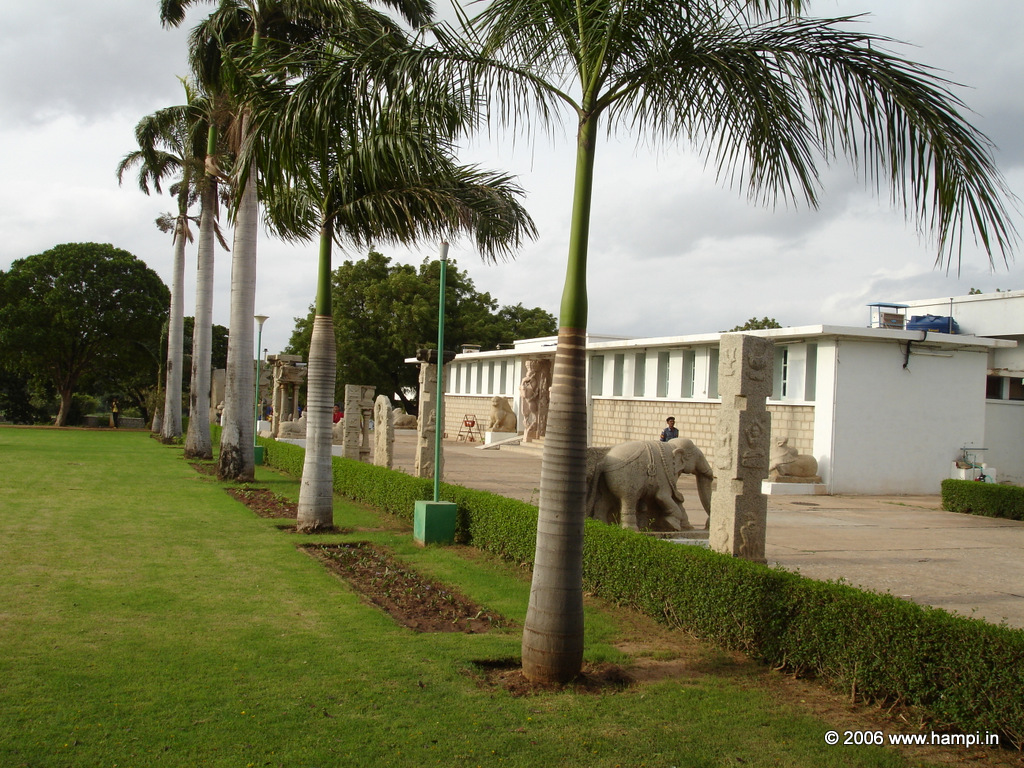
Kamalapur Museum
Situated close to Hampi, this museum displays artifacts, idols, and tools that bring Vijayanagara’s history to life.
Things to do in Hampi
Offers a rich blend of history, spirituality, and natural beauty, making it a perfect destination for curious travelers. From heritage exploration to tranquil riverside moments, there’s something for everyone.

Explore Ancient Ruins
Wander through the sprawling remains of temples, palaces, and bazaars that once belonged to the Vijayanagara Empire
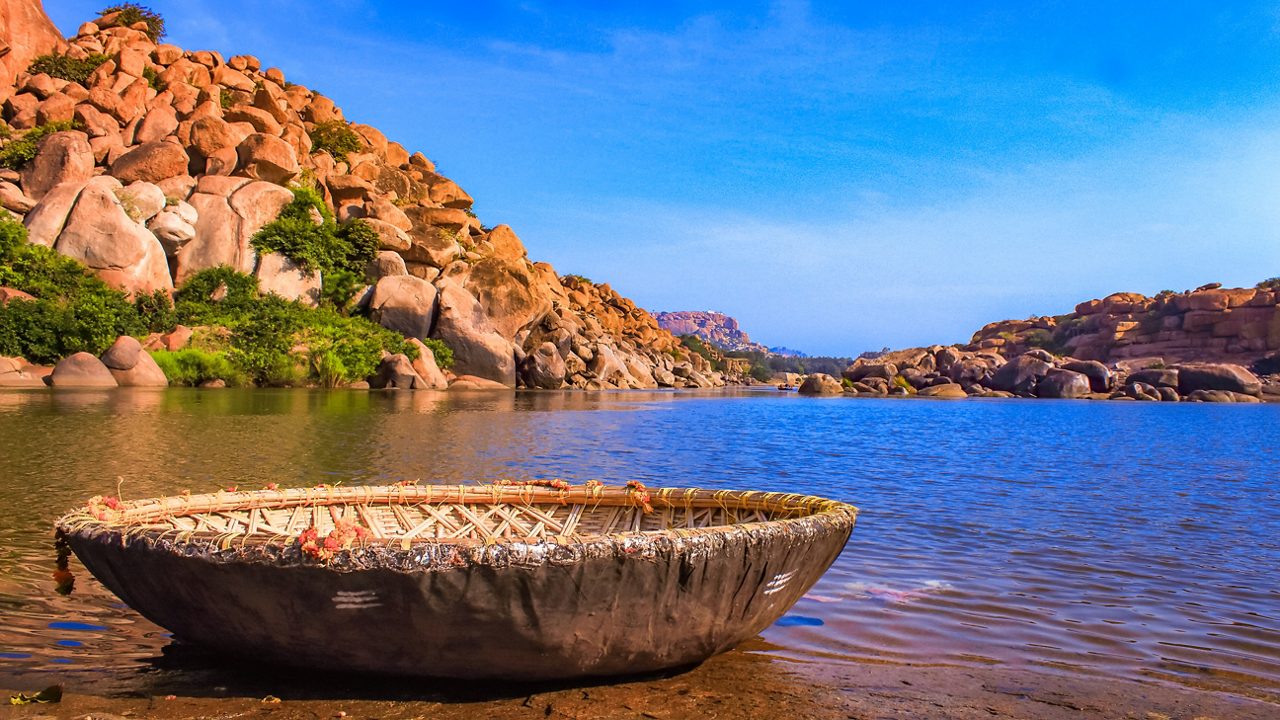
Coracle Ride
Enjoy a peaceful and unique coracle boat ride across the river while taking in views of giant boulders, ancient ghats, and monkey-filled hillsides.
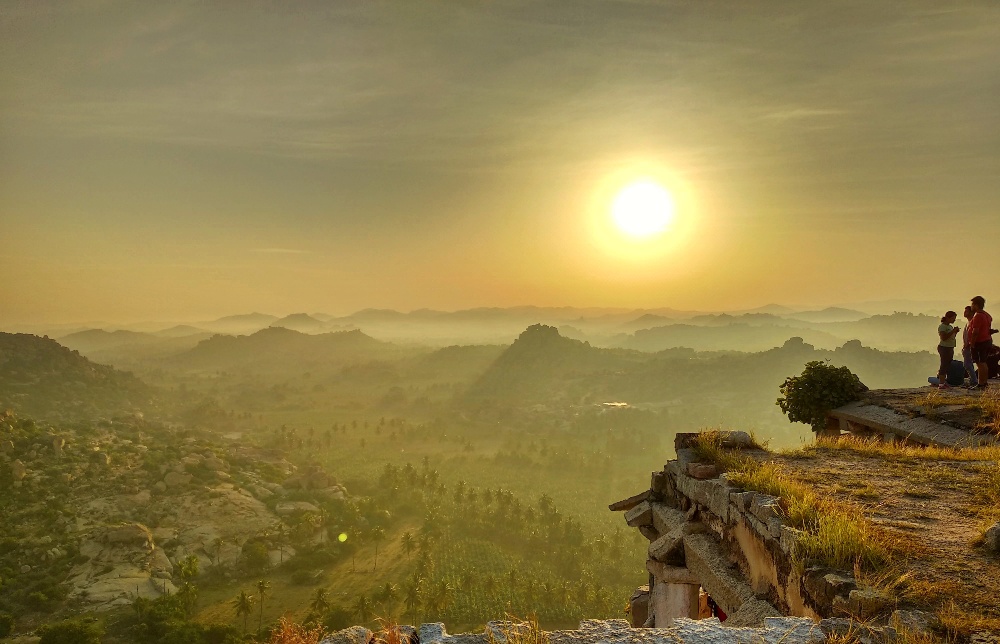
Sunset View from Hemakuta Hill
Climb Hemakuta Hill to catch a panoramic view of Hampi bathed in golden light-one of the serene and photogenic spots in the region.
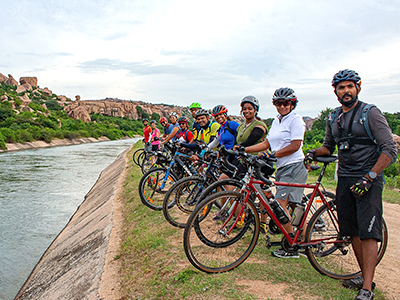
Cycle Through the Heritage Trail
Rent a bicycle and pedal through banana plantations, dusty trails, and centuries-old temples.
The Performing Art of Hampi
Hampi’s cultural soul is deeply tied to its temple traditions, royal history, and folk heritage. The region celebrates classical dance, music, and drama, often performed during temple festivals and community gatherings. Traditional art forms like Yakshagana, Puppet Theatre, and Harikatha are still cherished in and around Hampi, keeping the storytelling legacy alive through expressive movements, vibrant costumes, and devotional themes. Local performances often blend mythology, morality, and entertainment, reflecting the spiritual and historical essence of this UNESCO World Heritage site.
Janapada
Carnatic music
Dasarapada
The region resonates with the sounds of Carnatic music, characterized by intricate ragas and devotional lyrics. Dasarapada, a form of Bhakti poetry composed by saints like Purandara Dasa, adds a spiritual dimension to Hampi’s musical landscape. Folk forms like Janapada Geethegalu (folk songs) reflect rural life, local legends, and festivals.
Dance Forms
Bharatanatyam
Yakshagana
Dollu Kunitha
The classical form Bharatanatyam, though Tamil in origin, is often performed in Hampi’s temple festivals, paying homage to the Vijayanagara legacy. Yakshagana, a vibrant dance-drama combining storytelling, music, and elaborate costumes, is popular. Folk dances like Dollu Kunitha, with rhythmic drumbeats and group choreography, add to the region’s cultural rhythm.

City Vibes - Timeless Spiritual Charm
Hampi exudes an ethereal charm where ancient ruins, majestic temples, and rustic landscapes merge seamlessly with spirituality. As you walk through its weathered stone pathways, the echoes of devotional chants and temple bells create an immersive atmosphere of serenity.
Sunrise over the boulder-strewn hills and the peaceful banks of the Tungabhadra River bring moments of deep reflection. It’s a place where the divine feels palpable, history whispers from every corner, and the present slows down to honor the spiritual energy that lingers timelessly.
Heritage of Hampi
A UNESCO World Heritage Site, stands as a grand testament to the glorious Vijayanagara Empire. Once a thriving capital city in the 14th to 16th centuries, its sprawling ruins span majestic temples, royal enclosures, ancient markets, and aqueducts. The architectural marvels like the Virupaksha Temple, Vittala Temple with its iconic stone chariot, and Lotus Mahal highlight Dravidian craftsmanship at its peak. Hampi was not just a political and trade hub but also a center of art, culture, and religion. Its rich heritage continues to captivate historians, pilgrims, and travelers from around the world.

Cuisine of Hampi
Hampi is a paradise for food lovers, offering a variety of traditional delights.
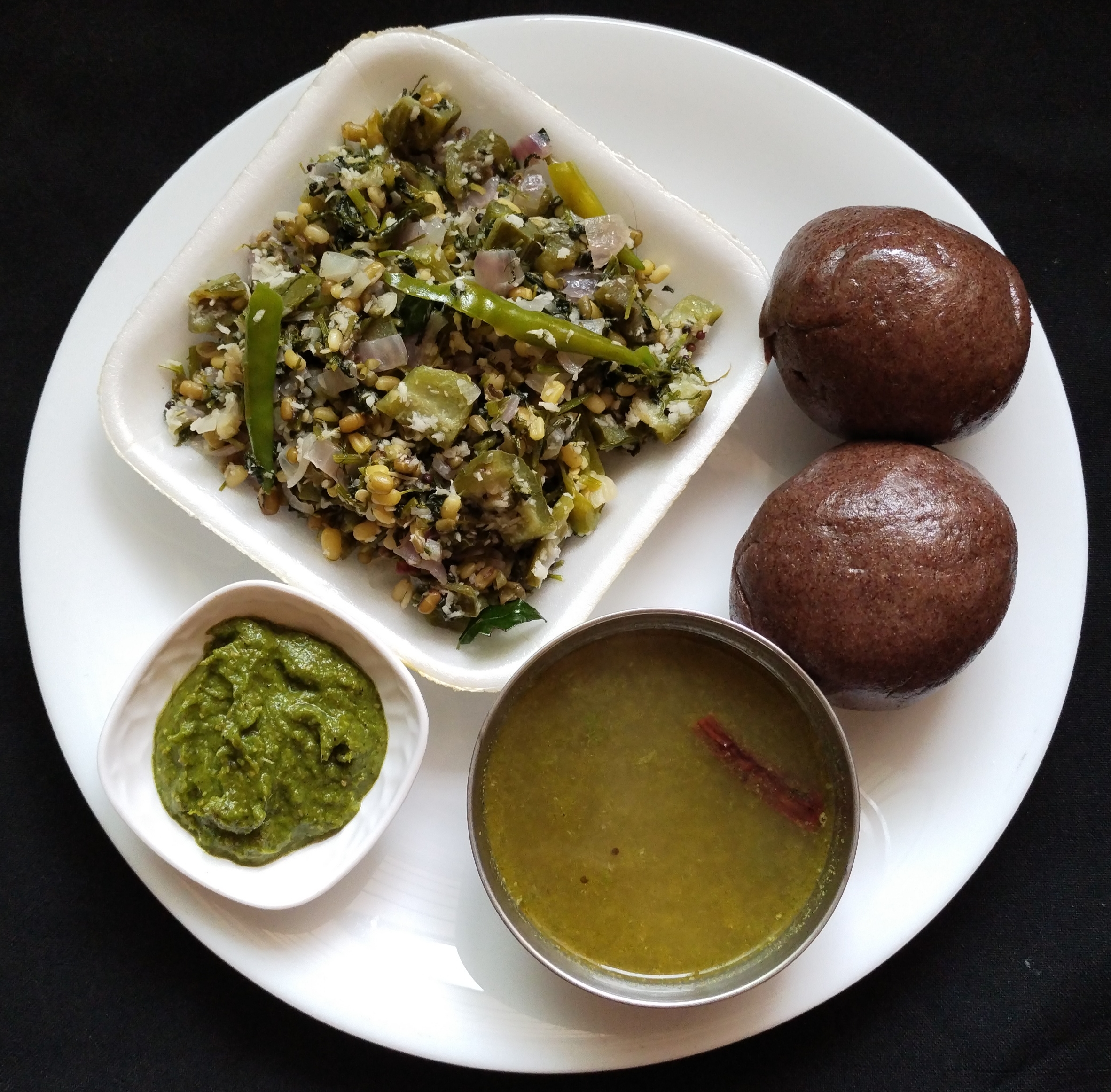
Ragi Mudde
A nutritious finger millet ball served with spicy sambar or curry.

Bisi Bele Bath
A hot lentil rice dish cooked with tamarind, vegetables, and spices.

Neer Dosa
Soft, thin rice crepes that pair well with coconut chutney or curry.
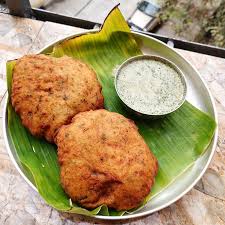
Banana Buns
Slightly sweet and fluffy buns made with banana and flour.
Shopping in Hampi
A charming experience, blending local craftsmanship with the spiritual aura of the town. The markets near Hampi Bazaar and Virupaksha Temple offer unique souvenirs and handmade items that reflect the region’s cultural heritage.
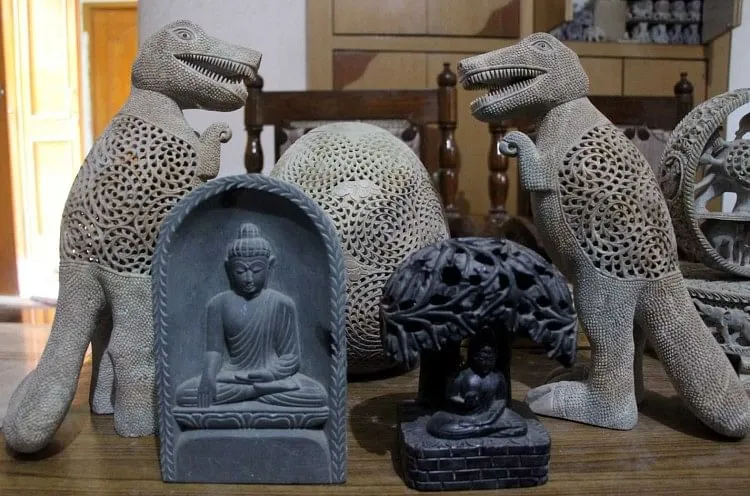
Stone Carvings
Miniature replicas of temples, chariots, and deities carved by local artisans.
Lambani Embroidery
Colorful fabrics and bags adorned with traditional mirror work and vibrant threads.

Handmade Jewelry
Ethnic silver and beaded jewelry inspired by tribal and temple motifs.
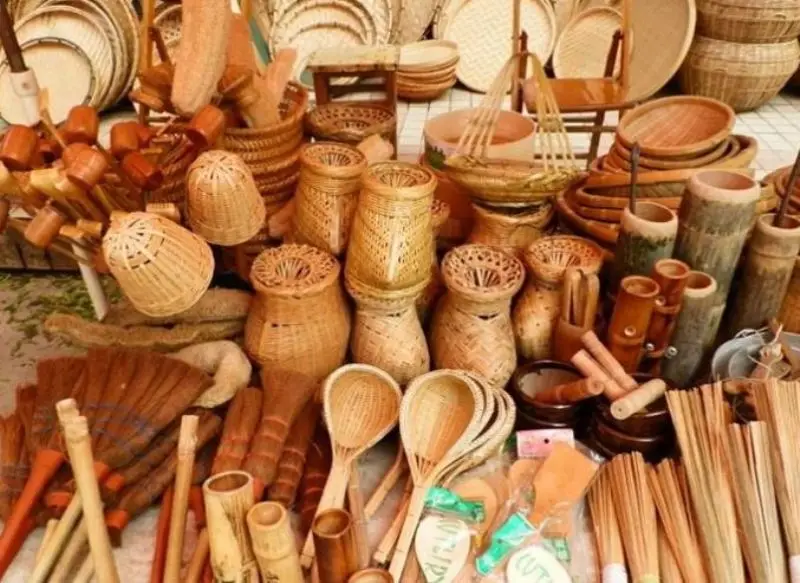
Banana Fiber Products
Eco-friendly bags, mats, and crafts made from banana fibers.
Tourist's Handbook
The ideal time to visit Hampi is from October to February, when the weather is cool, dry, and perfect for exploring its vast historical ruins and outdoor landscapes. These months offer clear skies and comfortable temperatures, making sightseeing, cycling, and trekking enjoyable. It’s also the time when festivals like Hampi Utsav bring the city alive with cultural performances and vibrant local traditions. Avoid visiting during the summer (March to May), as the heat can be intense, and the monsoon months (June to September), which may limit outdoor activities.
Stay Hydrated and Protected from Sun – Hampi can get quite hot during the day. Wear hats, sunglasses, sunscreen, and carry a water bottle while exploring ruins.
Watch Your Step at Ruins – Many temples and structures have uneven stone paths and steep steps; wear sturdy, non-slip footwear.
Beware of Monkeys – Around temples and riverbanks, monkeys can be mischievous. Avoid carrying food openly and keep bags zipped.
Respect Local Culture – Dress modestly when visiting temples and interact respectfully with locals and priests.
Avoid Isolated Areas After Dark – Stick to populated areas in the evening, as some parts of the heritage site become deserted at night.
Use Trusted Guides or Services – If hiring guides or tuk-tuks, go through your hotel or verified sources to avoid scams or inflated charges.
Exploring Hampi is best done on foot or by bicycle to fully soak in the historical charm and intricate ruins. For covering larger distances or nearby areas like Anegundi or the Hippie Island side, you can rent scooters or mopeds. Auto-rickshaws are also readily available for local travel and sightseeing. Ferries operate across the Tungabhadra River, connecting both sides of Hampi. While public transport is limited, pre-booked cabs or local taxis are good options for day trips or reaching nearby towns.
Overpriced Guides – Some unofficial guides may charge high rates or provide inaccurate information. Stick to government-authorized or hotel-recommended guides.
Fake Entry Tickets – Only purchase tickets at official counters, especially for monuments like the Vittala Temple and Lotus Mahal.
Exaggerated Auto Fares – Auto-rickshaw drivers may quote inflated prices, especially for day tours. Always negotiate beforehand or opt for fixed-rate services.
Fake Souvenirs – Handicrafts or antiques sold as "rare" might be mass-produced. Shop at reputed stalls or government emporiums.
Temple Donation Pressure – At some temples, locals might insist on donations or offerings. Politely decline if uncomfortable and avoid giving money under pressure.

Audio Guide by PathBeat
Hampi Blogs
- Karnataka Cultural guide
- Places to visit in Hampi
- Places to visit nearby Hampi
- India’s most popular destination
- India’s archaeological marvels
Recommended articles
- Karnataka Cultural guide
- Places to visit in Hampi
- Places to visit nearby Hampi
- India’s most popular destination

